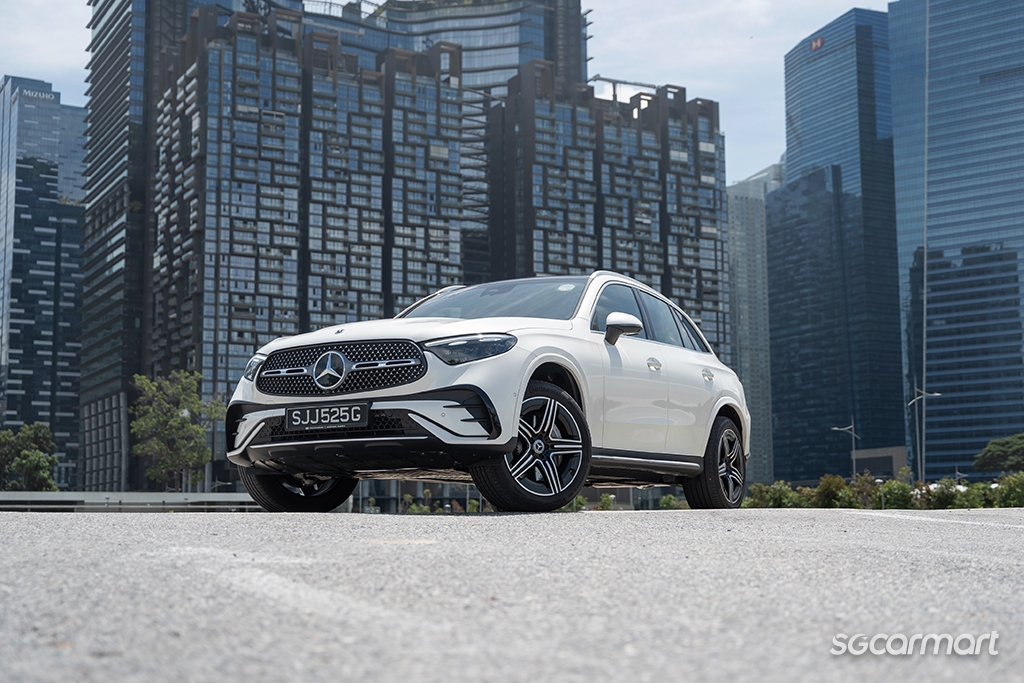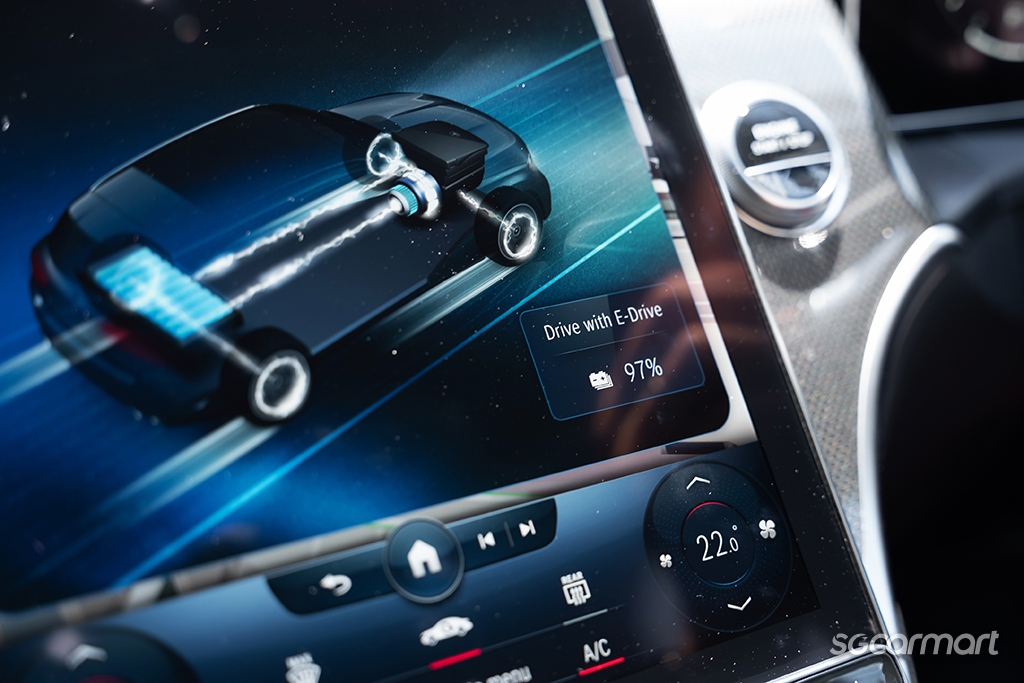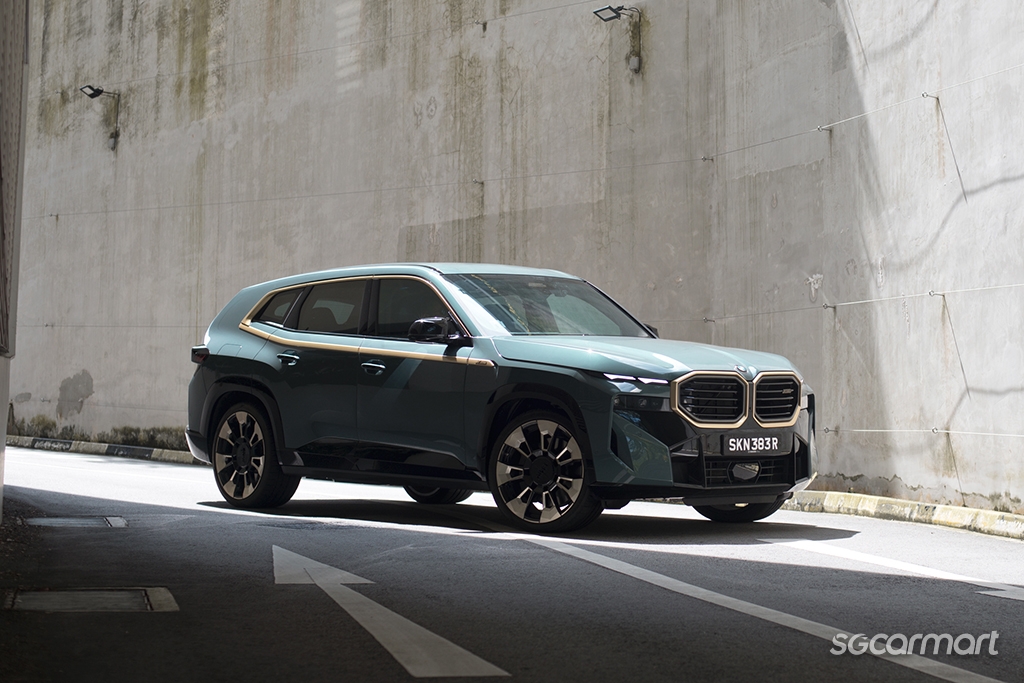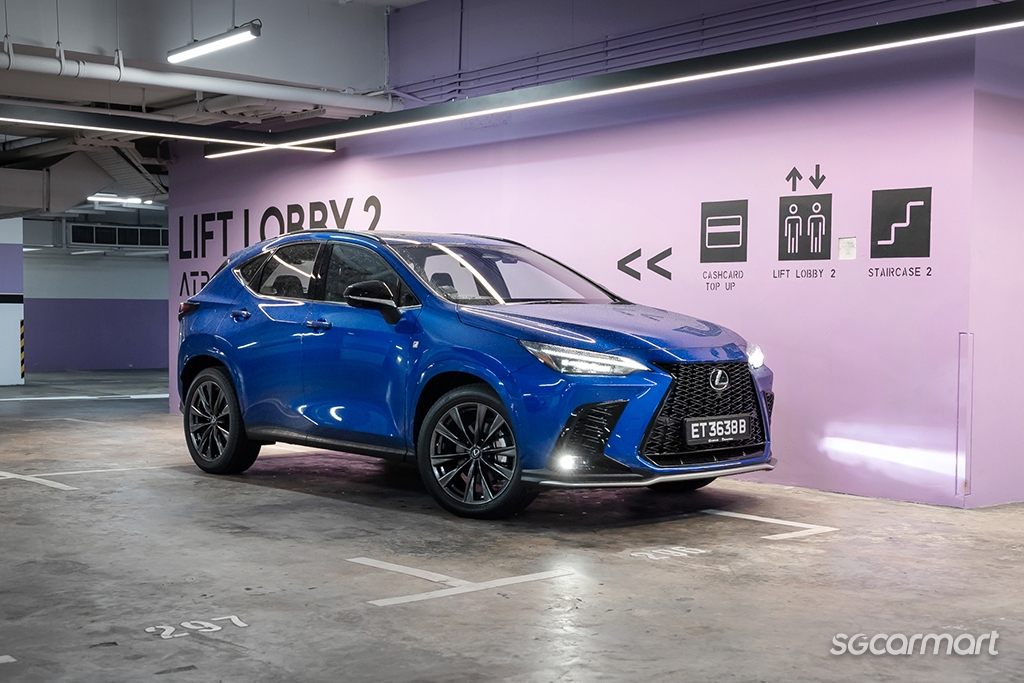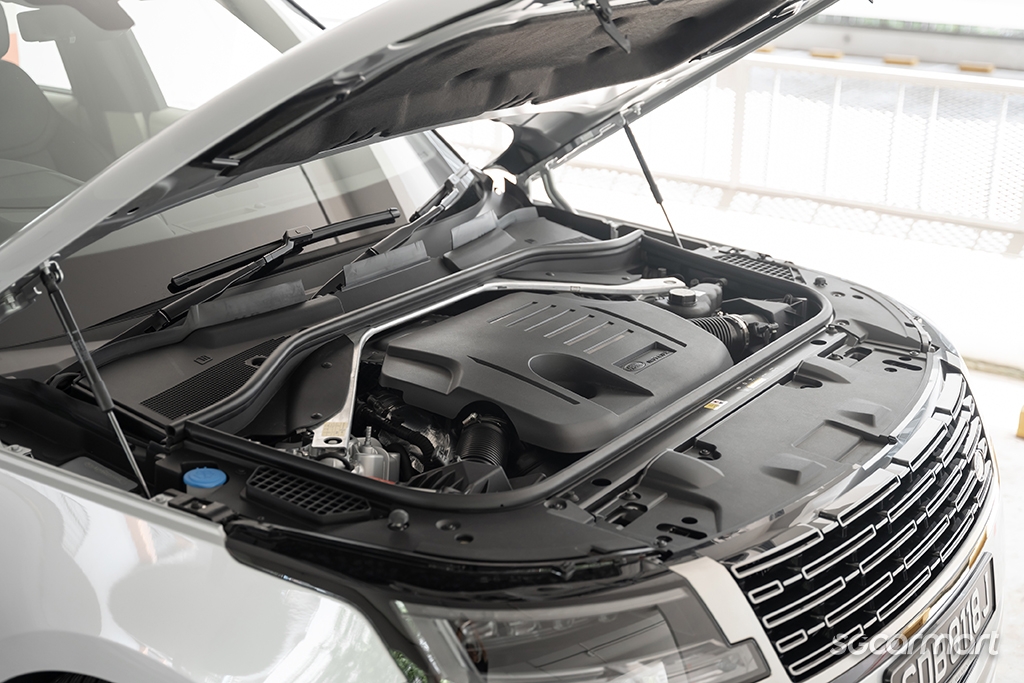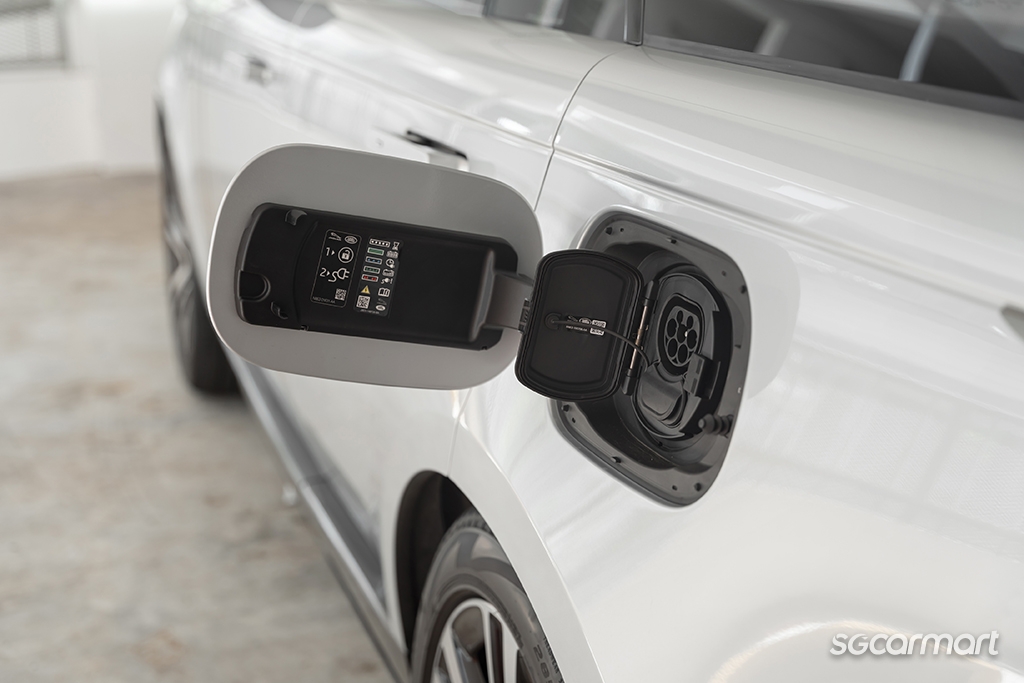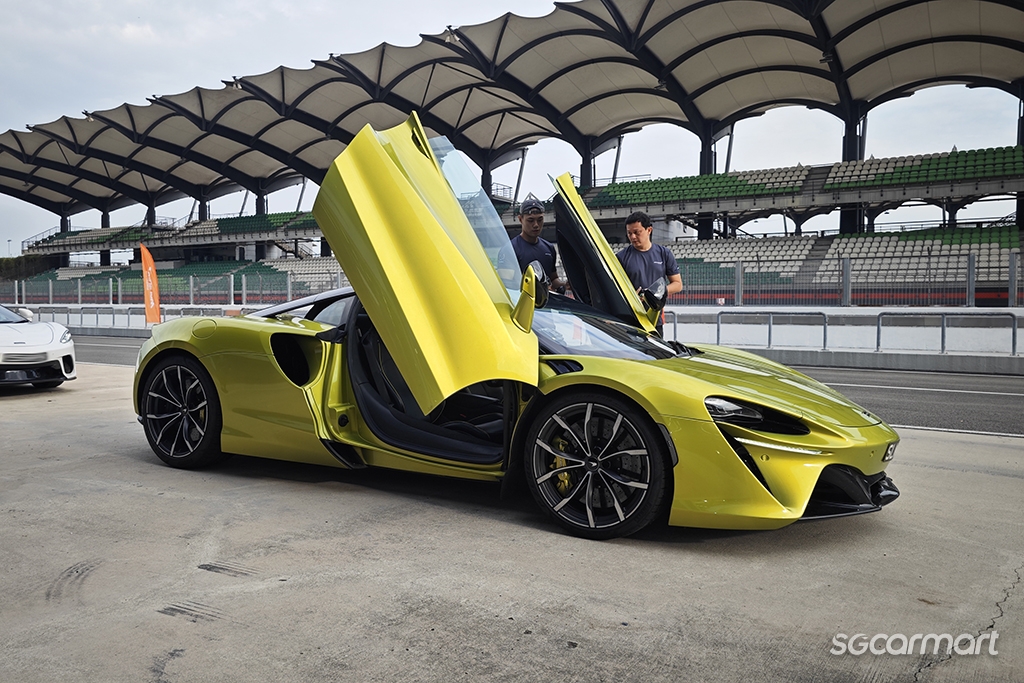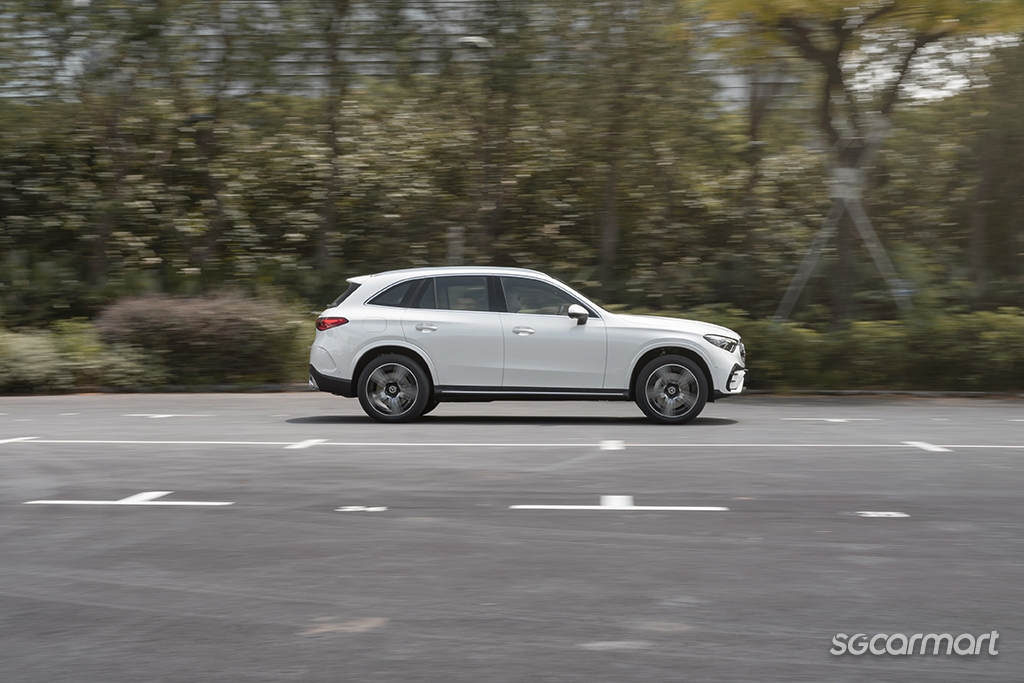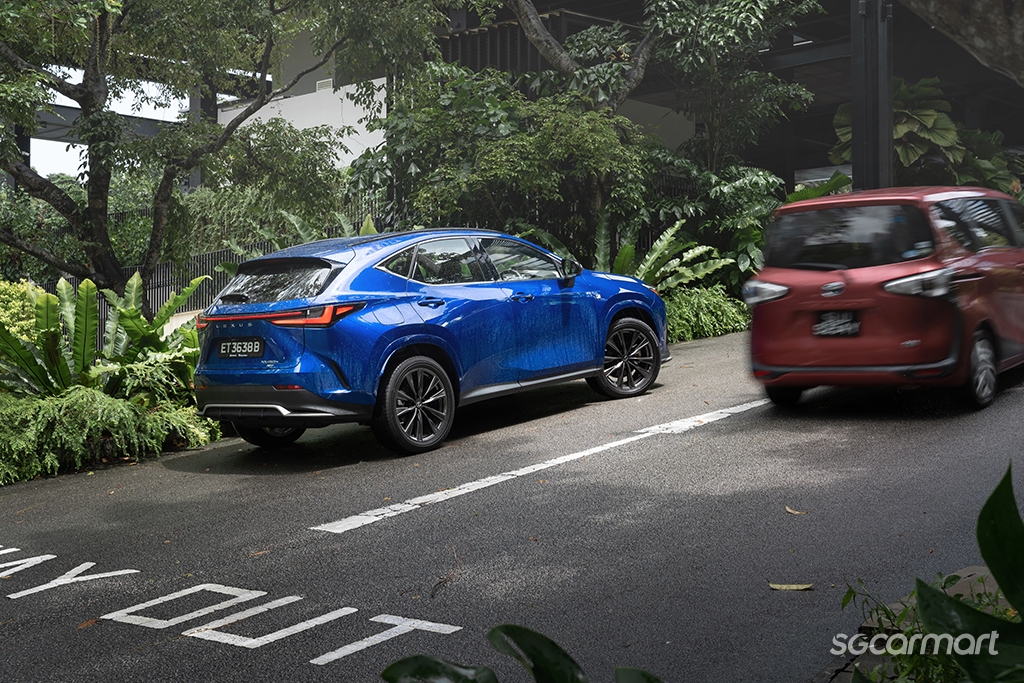What is a plug-in hybrid and should you get one?
28 May 2024|12,527 views
You probably would have noticed those cars with some ridiculous-looking fuel consumption figures while scrolling through the new car listings. Cars such as the Mercedes-Benz GLC300e Plug-in Hybrid that supposedly gets 200km/L make you wonder if there had been a typo on the website, or if it's all just an outlandish claim.
Well, I can tell you that it isn't a typo, but the car also doesn't exactly achieve 200km/L, not in the way you think at least - the figure is a result of some technicality. Confused? No worries, let me unravel the mystery surrounding Plug-in Hybrids (also known as PHEVs - Plug-in Hybrid Electric Vehicles) for you, and let you decide if you should get one for yourself.
200km/L? No way!
200km/L? Yes way, and no way. The normal hybrid cars that you are familiar with are predominantly powered by its internal combustion engine and assisted by an electric motor to result in improved efficiency. With normal hybrids, fuel economy figures on the upside of 20km/L aren't unheard of.
Plug-in hybrids also have electrified drivetrains, however, its more powerful electric motor is powered by a substantially larger battery. As such, not only can plug-in hybrids be driven solely on electric power, they can also do so for an extended range (in the case of the GLC300e, up to 138km).
The GLC300e isn't the only one with ludicrous fuel consumption figures - the BMW XM and the Lexus NX450h+ are tested to achieve 62.5km/L and 90.9km/L respectively
Fuel economy tests are typically conducted over short distances of less than 20km each time (the U.S.A EPA city test is conducted over 17.77km). Due to this procedure, most plug-in hybrids would be running almost entirely on electric power throughout the tests, resulting in ludicrous fuel efficiency figures. Some examples include the GLC300e mentioned, the BMW XM Plug-in Hybrid that achieves 62.5km/L, the Lexus NX 450h+ that manages 90.9km/L and the Volvo XC60 Recharge Plug-in Hybrid that gets 76.9km/L - you get the idea.
Of course, this also means that the actual average fuel consumption figure over a single tank of petrol and a single full charge wouldn't get anywhere close to the claimed figure.
While the real-world fuel consumption won't get close to the tested figures, PHEVs still offer a unique selling point - the ability to be operated as a full EV as long as your journey isn't too long
Are manufacturers just scamming potential buyers?
Does this mean that it is all just a sham, and there's no reason to go for a plug-in hybrid? Not necessarily - unlike normal hybrid cars, plug-in hybrids can be charged with an external charger, just like electric vehicles. So, you can actually achieve near-zero fuel consumption if you were to charge the car regularly - of course you'll have to consider the costs of charging the car as well.
You can think of these cars as hybrids that are much closer to full EVs than traditional internal combustion engine vehicles. Depending on your usage, these cars can allow you to enjoy the best of both worlds. They could be the solution for drivers who are looking for better efficiency and yet are reluctant to pick a side.
How popular are plug-in hybrids?
Plug-in hybrids are ultimately a rather left-field choice when it comes to cars, and it can be seen from LTA's statistics - in 2023, plug-in hybrids made up a mere 0.21% of the entire population of cars in Singapore. And right now, there are only 23 plug-in hybrid models available according to our new car listings. Among them, a number are supercars such as the Lamborghini Revuelto and the Mclaren Artura, which are more performance rather than efficiency oriented.
Plug-in hybrids are less common and tend to cost a fair bit more than the conventional internal combustion engine and hybrid cars. As a result, they clearly aren't the most popular options here - but this doesn't mean that you shouldn't consider one at all.
Should you get a plug-in hybrid?
Plug-in hybrids allow you to drive on sole electric power for a substantial amount of distance (often sufficient for your day-to-day transportation needs), and still let you go on extended road trips without range anxiety. Even if you forget to charge it, you'll still be able to top it up with petrol and drive without worries.
While you can use a plug-in hybrid like a normal hybrid without ever charging it, it would be quite a waste. Plug-in hybrids are expensive, and the substantial electric drivetrain would also add on to the weight of the car - chances are you'll end up using more fuel than a typical hybrid car. So, if you don't have easy access to a charger, you probably shouldn't opt for a plug-in hybrid.
On the other hand, a plug-in hybrid would be perfect for someone that has easy access to a charger and would also like to enjoy the odd road trip every now and then. With a plug-in hybrid, you could just charge it every other night and benefit from the savings from the lower charging costs (as opposed to petrol), along with an EV-like driving experience. At the same time, you could still enjoy the convenience of a conventional internal combustion engine with the option to simply top off the fuel tank in a jiffy.
If the versatility of owning a car that could offer the benefits of both an EV and internal-combustion engine interests you, you should probably take a closer look at plug-in hybrids.
You probably would have noticed those cars with some ridiculous-looking fuel consumption figures while scrolling through the new car listings. Cars such as the Mercedes-Benz GLC300e Plug-in Hybrid that supposedly gets 200km/L make you wonder if there had been a typo on the website, or if it's all just an outlandish claim.
Well, I can tell you that it isn't a typo, but the car also doesn't exactly achieve 200km/L, not in the way you think at least - the figure is a result of some technicality. Confused? No worries, let me unravel the mystery surrounding Plug-in Hybrids (also known as PHEVs - Plug-in Hybrid Electric Vehicles) for you, and let you decide if you should get one for yourself.
200km/L? No way!
200km/L? Yes way, and no way. The normal hybrid cars that you are familiar with are predominantly powered by its internal combustion engine and assisted by an electric motor to result in improved efficiency. With normal hybrids, fuel economy figures on the upside of 20km/L aren't unheard of.
Plug-in hybrids also have electrified drivetrains, however, its more powerful electric motor is powered by a substantially larger battery. As such, not only can plug-in hybrids be driven solely on electric power, they can also do so for an extended range (in the case of the GLC300e, up to 138km).
The GLC300e isn't the only one with ludicrous fuel consumption figures - the BMW XM and the Lexus NX450h+ are tested to achieve 62.5km/L and 90.9km/L respectively
Fuel economy tests are typically conducted over short distances of less than 20km each time (the U.S.A EPA city test is conducted over 17.77km). Due to this procedure, most plug-in hybrids would be running almost entirely on electric power throughout the tests, resulting in ludicrous fuel efficiency figures. Some examples include the GLC300e mentioned, the BMW XM Plug-in Hybrid that achieves 62.5km/L, the Lexus NX 450h+ that manages 90.9km/L and the Volvo XC60 Recharge Plug-in Hybrid that gets 76.9km/L - you get the idea.
Of course, this also means that the actual average fuel consumption figure over a single tank of petrol and a single full charge wouldn't get anywhere close to the claimed figure.
While the real-world fuel consumption won't get close to the tested figures, PHEVs still offer a unique selling point - the ability to be operated as a full EV as long as your journey isn't too long
Are manufacturers just scamming potential buyers?
Does this mean that it is all just a sham, and there's no reason to go for a plug-in hybrid? Not necessarily - unlike normal hybrid cars, plug-in hybrids can be charged with an external charger, just like electric vehicles. So, you can actually achieve near-zero fuel consumption if you were to charge the car regularly - of course you'll have to consider the costs of charging the car as well.
You can think of these cars as hybrids that are much closer to full EVs than traditional internal combustion engine vehicles. Depending on your usage, these cars can allow you to enjoy the best of both worlds. They could be the solution for drivers who are looking for better efficiency and yet are reluctant to pick a side.
How popular are plug-in hybrids?
Plug-in hybrids are ultimately a rather left-field choice when it comes to cars, and it can be seen from LTA's statistics - in 2023, plug-in hybrids made up a mere 0.21% of the entire population of cars in Singapore. And right now, there are only 23 plug-in hybrid models available according to our new car listings. Among them, a number are supercars such as the Lamborghini Revuelto and the Mclaren Artura, which are more performance rather than efficiency oriented.
Plug-in hybrids are less common and tend to cost a fair bit more than the conventional internal combustion engine and hybrid cars. As a result, they clearly aren't the most popular options here - but this doesn't mean that you shouldn't consider one at all.
Should you get a plug-in hybrid?
Plug-in hybrids allow you to drive on sole electric power for a substantial amount of distance (often sufficient for your day-to-day transportation needs), and still let you go on extended road trips without range anxiety. Even if you forget to charge it, you'll still be able to top it up with petrol and drive without worries.
While you can use a plug-in hybrid like a normal hybrid without ever charging it, it would be quite a waste. Plug-in hybrids are expensive, and the substantial electric drivetrain would also add on to the weight of the car - chances are you'll end up using more fuel than a typical hybrid car. So, if you don't have easy access to a charger, you probably shouldn't opt for a plug-in hybrid.
On the other hand, a plug-in hybrid would be perfect for someone that has easy access to a charger and would also like to enjoy the odd road trip every now and then. With a plug-in hybrid, you could just charge it every other night and benefit from the savings from the lower charging costs (as opposed to petrol), along with an EV-like driving experience. At the same time, you could still enjoy the convenience of a conventional internal combustion engine with the option to simply top off the fuel tank in a jiffy.
If the versatility of owning a car that could offer the benefits of both an EV and internal-combustion engine interests you, you should probably take a closer look at plug-in hybrids.










